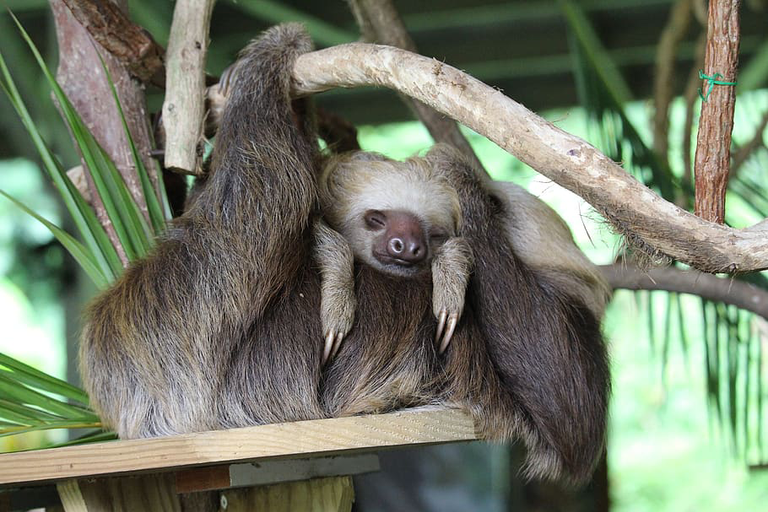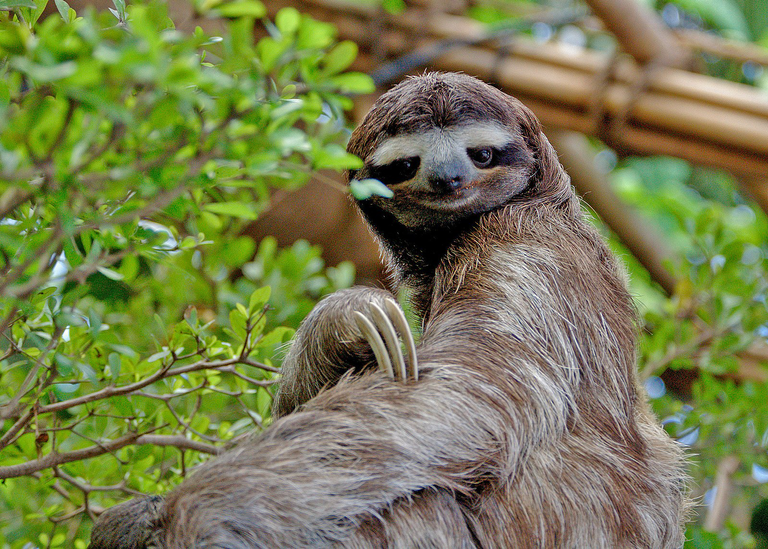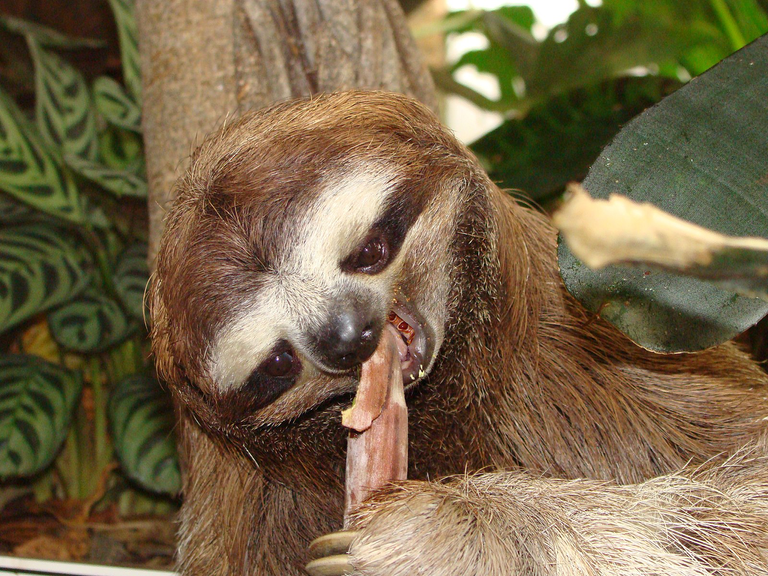Amazing findings about sloths-the lazy animal
Sloths are often regarded as one of the slowest animals in the world, and their leisurely pace has become emblematic of their unique lifestyle. In this essay, we will explore why sloths are slow and delve into other fascinating facts about these intriguing creatures.
The anatomy and physiology of sloths play a significant role in their sluggish movements. Sloths possess a distinctive muscle structure characterized by an unusually low density of fast-twitch muscle fibers. These slow-contracting muscles contribute to their lethargic nature, as they lack the ability to produce quick bursts of movement. Additionally, sloths have remarkably low metabolic rates compared to other mammals. This means that their energy production is slower and less efficient than that of most animals. Consequently, they have limited amounts of energy available for physical activity.
Furthermore, sloths have evolved specific adaptations that aid them in thriving within their slow-paced environment. One such adaptation is their specialized claws which enable them to navigate through trees with ease. Their elongated forelimbs equipped with curved claws act like hooks that allow them to suspend from branches effortlessly. This unique anatomical feature enables them to conserve energy by remaining stationary for extended periods without exerting much effort.
In addition to their claws, sloths also possess a specialized digestive system that helps facilitate their sluggish lifestyle. They have an unusually large cecum—an organ responsible for fermenting plant material—in relation to body size. The fermentation process takes place slowly within the cecum and allows them to extract nutrients more efficiently from the leaves they consume. This adaptation compensates for the low nutritional value found in leaves while conserving energy expenditure during digestion.
Energy conservation strategies further contribute to sloth's sedentary nature. As mentioned earlier, their low metabolic rates allow them to conserve energy by minimizing physical activity. Sloths spend about 15 to 20 hours per day resting or sleeping. This prolonged period of inactivity helps minimize energy expenditure and allows them to conserve the limited resources they acquire through their specialized diet.
Speaking of diet, sloths are primarily herbivorous creatures with a unique feeding habit. They mainly consume leaves from trees, which provide a relatively poor source of nutrients. Due to the low nutritional value found in leaves, sloths need to limit their movements to conserve energy further. In some cases, they may even supplement their diet with flowers and fruits when available.
Reproduction and the life cycle of sloths offer additional insights into their biology. Female sloths typically give birth while hanging upside down from tree branches.

Source
The infant is born fully furred and immediately clings onto its mother's belly for several weeks until it becomes more independent. This unique birthing behavior ensures that the offspring remains safe within its mother's reach at all times.
When it comes to predators and defense mechanisms, sloths face threats from several predators such as jaguars and birds of prey. However, these slow-moving animals have developed various defense mechanisms to increase their chances of survival. One such mechanism is camouflage—sloths' fur often resembles tree bark or moss-covered branches that help them blend seamlessly into their surroundings.
Lastly, addressing the conservation status of sloth populations worldwide is crucial due to increasing habitat loss and illegal hunting activities posing significant threats. As human activities continue encroaching upon natural habitats inhabited by sloths—primarily rainforests—it is essential to raise awareness about the importance of preserving their habitats and protecting these unique creatures.
In conclusion, sloths' slowness is a result of their distinctive anatomy, physiology, and adaptations. Their slow muscle structure, low metabolic rates, specialized digestive system, and energy conservation strategies all contribute to their lethargic behavior. Understanding the biology of sloths not only unveils fascinating facts about them but also emphasizes the importance of appreciating their uniqueness in the animal kingdom. The conservation efforts directed towards protecting sloth populations are crucial to ensure their survival for future generations to marvel at these remarkable creatures.
References
- https://www.britannica.com/animal/sloth
- https://www.worldwildlife.org/species/sloth
- https://en.m.wikipedia.org/wiki/Sloth
- https://slothconservation.org/10-incredible-facts-about-the-sloth/
- https://nationalzoo.si.edu/animals/news/why-are-sloths-so-slow-and-other-sloth-facts




Dear @jsalvage!
Your article is interesting!😃
Really 😂
Wow
So there's an animal called sloth.. thanks to hive for this platform of writing and reading. Thank you very much for this knowledge
Wow! Don't know that it's lazy animal 😂
So many don't know Also
Thanks for your contribution to the STEMsocial community. Feel free to join us on discord to get to know the rest of us!
Please consider delegating to the @stemsocial account (85% of the curation rewards are returned).
You may also include @stemsocial as a beneficiary of the rewards of this post to get a stronger support.